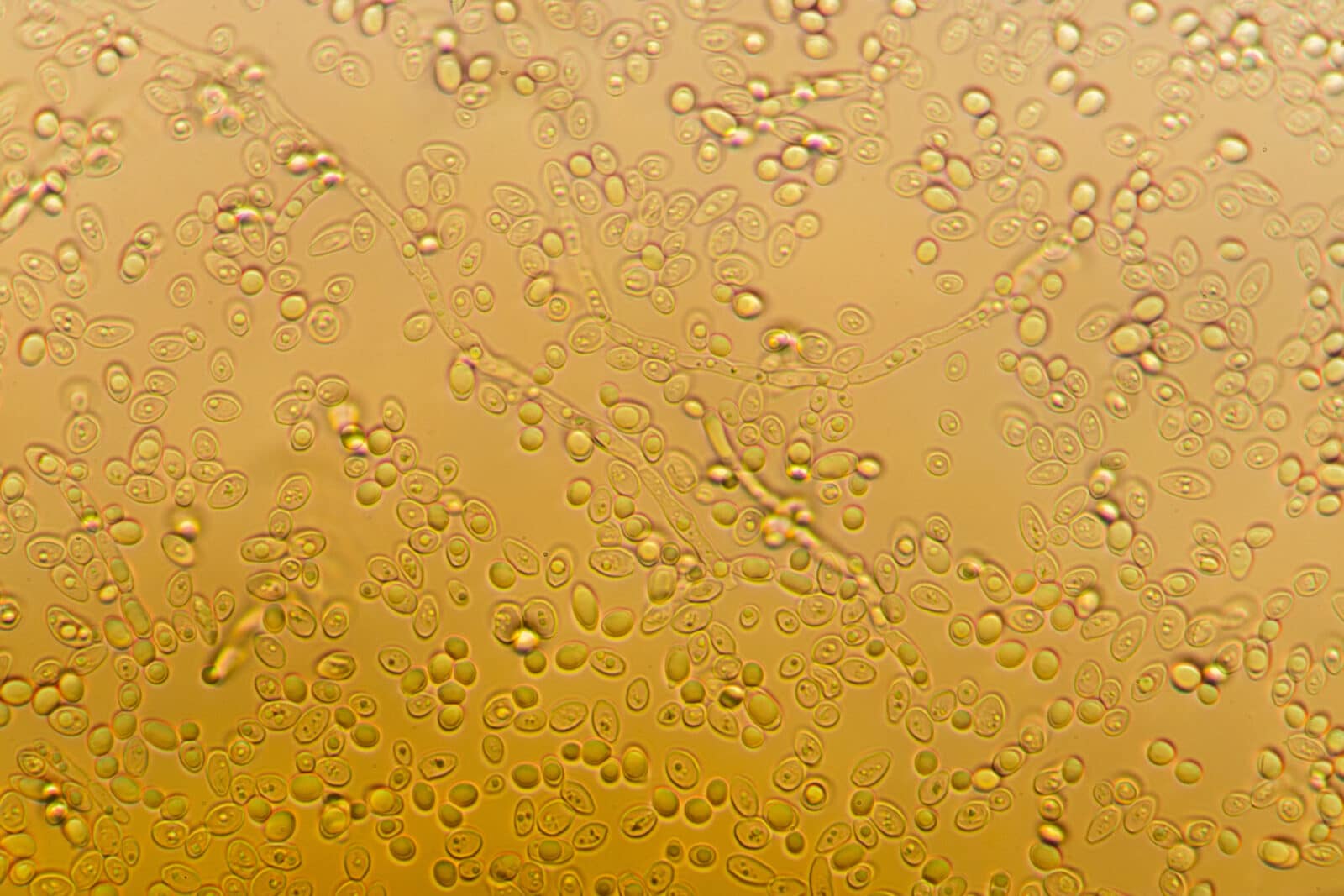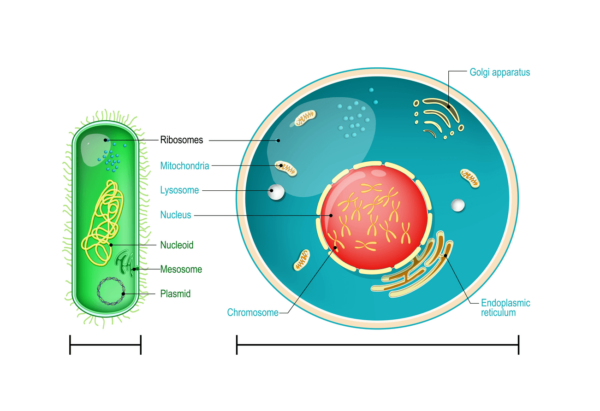Fermentation by yeast: it’s all-natural!
Yeast is a one-celled living microorganism. That’s why its size is so tiny, comparable to a grain of sand. This invisible, alive thing has enormous potential. Yeast has been naturally present on Earth for millions of years. The fermentation of yeast is a natural occurrence in the environment.
5-6 millennials ago, yeast was domesticated to produce bread, wine, beer, and other fermented foods. Moreover, yeast is still an exciting microscopic factory when you consider all the diverse uses it has had throughout history.
Yeast may be used to produce a variety of natural substances, including proteins, aromas, and enzymes. It also provides options for developing new molecules for nutritional or medical purposes.
What is fermentation by yeast?
In the absence of air, yeast transforms sugars into alcohol and carbon dioxide (CO2) and low energy. This is the fermentation process. This is what happens in the case of bread making: the sugars coming from the flour are converted into carbon dioxide, which makes the dough raise. The alcohol produced during this phase is completely evaporated during baking. Fermentation is the process by which yeast converts sugars into alcohol in beer and wine (from the carbohydrates derived from malt (sprouted barley) and in wine (from the carbohydrates in grapes).
In the presence of air, yeast does not provide the metabolic process of fermentation: it breathes and multiplies abundantly. Sugar is converted to carbon dioxide and water (but not alcohol) by yeast, which provides energy for them to develop and multiply. This is how yeast producers generate copious amounts of yeast.
What can be done with yeast used as a cellular factory?
Not only can yeast convert sugar. The cell factory also absorbs naturally occurring lipids and amino acids, as well as all required elements for growth, from its surroundings. Yeast may be utilized to produce molecules for a variety of applications in commercial volumes.
Fermentation is a natural process that occurs in yeast. Renewable raw material such as molasses is fed to the yeast, and their enzymes build new chemicals out of the ordinary fermentation process. This is clearly a more environmentally friendly approach to make molecules of interest than other chemical manufacturing processes.
Yeast: A Versatile Ingredient in white Biotechnology
The use of a living micro-organism like yeast to manufacture goods such as food, pharmaceutical, and energy carriers takes part in the so-called white biotechnology. It’s a novel promising area to meet environmental challenges. While chemistry has produced lots of low-biodegradable products such as plastics, with white biotechnology, it is possible to synthesize easily degradable products. It can be used, for example, for:
- Metabolite production: enzymes, vitamins, aromas…
- Waste treatment, for reducing pollution
- Production of biocontrol agents: to control insect pests, pathogens, and weeds.
- Bio-based fuel & energy: ethanol can be produced from crop residues.
Human hormones made by yeast
The creation of a human hormone, hydrocortisone, is one of the major findings in the use of yeast as a microscopic factory in medicine. This steroid hormone works by lowering inflammation to reduce pain, itching, and swelling (inflammation).
It is also used to treat a variety of illnesses. The method for obtaining this substance by yeast was created by a French team in collaboration with a major pharmaceutical company. Yeast is also employed to produce insulin, the hormone that people with diabetes lack. It allows scientists to generate many new compounds that will soon be an important part of our lives.
Powered by yeast!
Yeast is the best organism to obtain alcohol by fermentation at an industrial scale. This alcohol is pure ethanol that can be used:
- In the preparation of spirits
- In perfumery
- As an alternative biofuel to petrol.
Yeast for renewable energy and sustainable development
By the natural process of fermentation, yeast manufactures ethanol from carbohydrates. However, where do these carbohydrates originate?
For the initial generation of biofuels, they were derived from food crop starch (grains, cereals, potatoes, manioc) and sugar plant sugarcane).
Sugars for the second-generation biofuels are derived from a wider range of resources, including plant fibers not used to make food: wood, non-edible portions of plants like steam and leaves, and even plant waste.
Even though yeast research has been going on for decades, scientists are still trying to figure out how to make it more resistant to alcohol. The ability of the yeast to metabolize ethanol is limited due to its genealogy, which makes recent generations less efficient than prior ones.
Another difficulty is improving the assimilation capacity of yeast to other carbohydrates, such as pentoses, which are present in plant tissues.
This will raise the number of renewable energy options accessible, as well as help to promote a more environmentally friendly way of life.




